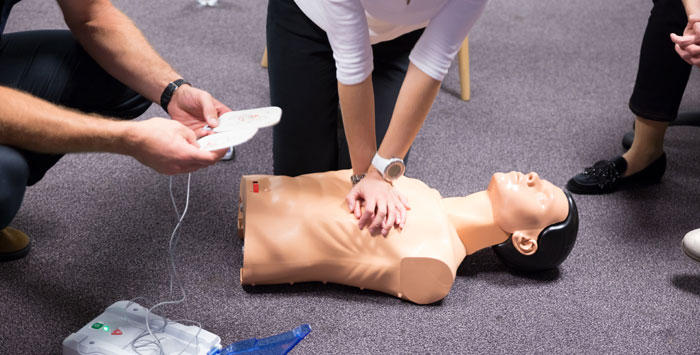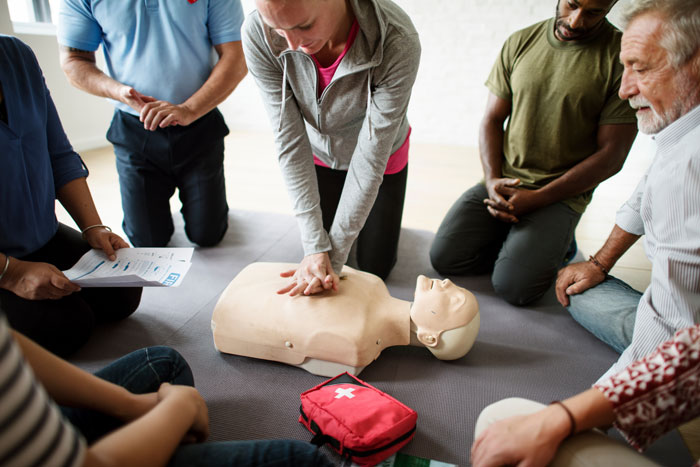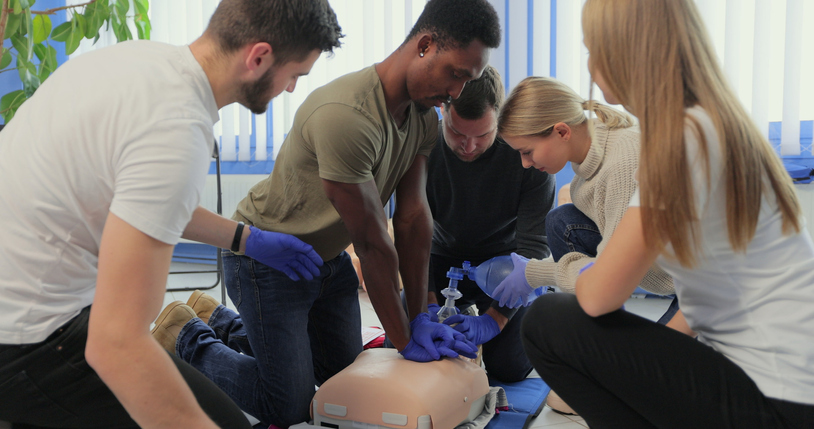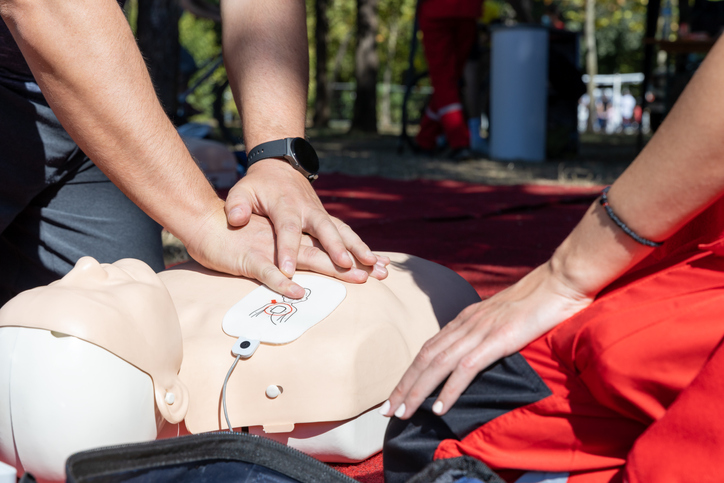Cardiopulmonary resuscitation (CPR) is a vital skill that can save lives in emergency situations. Whether you’re a healthcare professional, a parent, or simply someone who wants to be prepared to help others, CPR training is a valuable investment. If you’re considering undergoing CPR training but are unsure of what to expect, this comprehensive guide is for you. We’ll walk you through the basics of CPR training, what you’ll learn, how to prepare, and what to expect during and after the training.
What is CPR Training?
CPR training is a formal course that teaches individuals how to perform CPR, which is a lifesaving technique used in emergencies such as cardiac arrest or drowning. CPR training courses are typically offered by organizations such as the American Red Cross, the American Heart Association, and other healthcare providers. These courses cover basic life support techniques, including CPR, AED (automated external defibrillator) use, and first aid.
Why is CPR Training Important?
CPR training is important for several reasons:
Saves Lives: Immediate CPR can double or even triple the chances of survival in cardiac arrest cases.
Empowers Individuals: CPR training gives individuals the confidence and skills to respond effectively in emergencies.
Requirement for Certain Jobs: CPR certification is often a requirement for professions such as lifeguards, healthcare providers, and childcare workers.
Contributes to Safer Communities: When more people are trained in CPR, communities become safer places to live, work, and play.
What to Expect Before CPR Training
Before attending a CPR training course, there are a few things you should do to prepare:
Choose a Course: Decide which CPR training course is right for you. Courses are available for different skill levels, including basic CPR for laypersons and advanced CPR for healthcare providers.
Check Requirements: Ensure that you meet any prerequisites for the course, such as age requirements or prior certification.
Dress Comfortably: Wear comfortable clothing that allows you to move freely during the hands-on practice sessions.
Bring Necessary Materials: Some courses may require you to bring certain materials, such as a notebook and pen for taking notes.
What to Expect During CPR Training
During CPR training, you can expect to learn the following:
Basic Life Support (BLS) Techniques: You’ll learn how to perform CPR on adults, children, and infants, including chest compressions and rescue breaths.
AED Use: You’ll learn how to use an AED to deliver an electric shock to restore the heart’s normal rhythm in cardiac arrest cases.
First Aid Skills: Some courses may include basic first aid skills, such as wound care and choking relief.
Hands-On Practice: CPR training courses typically include hands-on practice sessions to ensure that you are comfortable with the techniques.
What to Expect After CPR Training
After completing CPR training, you should:
Receive Certification: Upon successful completion of the course, you will receive a CPR certification card, which is typically valid for two years.
Stay Informed: Stay informed about any updates or changes to CPR guidelines to ensure that your skills are up to date.
Consider Recertification: To maintain your certification, you will need to undergo recertification training every two years.
CPR training is a valuable skill that can make a difference in emergencies. By knowing what to expect in CPR training, you can feel more prepared and confident to respond effectively in life-threatening situations. Whether you’re a beginner or looking to refresh your skills, CPR training is a worthwhile investment in your own safety and the safety of others.
At Y-CPR ACADEMY, we are dedicated to providing high-quality CPR training to individuals, healthcare professionals, and organizations. Our mission is to empower people with the skills and confidence to respond effectively in emergencies, ultimately saving lives and creating safer communities. With experienced instructors, hands-on training, and flexible course options, we strive to make CPR certification accessible to everyone. Whether you’re looking to enhance your own skills or train your team, Y-CPR Academy is your trusted partner in CPR education. Call today 425-941-0306 or join us in our mission to make a difference and become CPR certified today.










